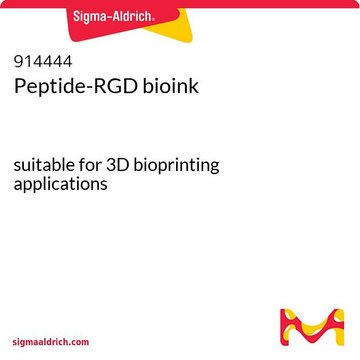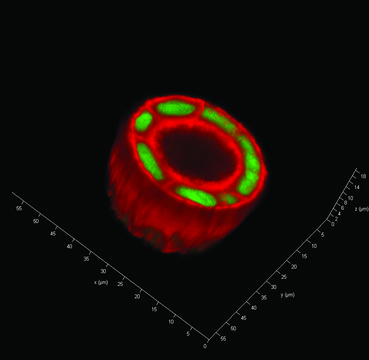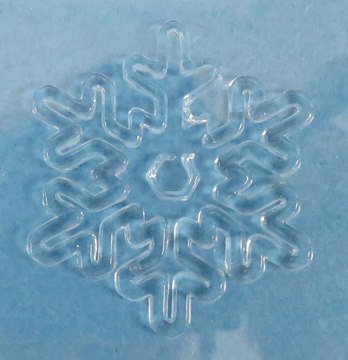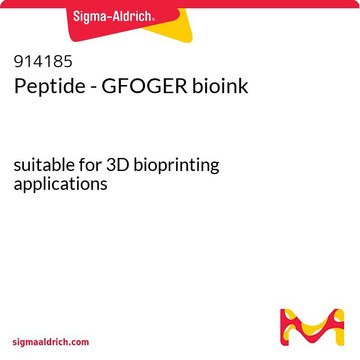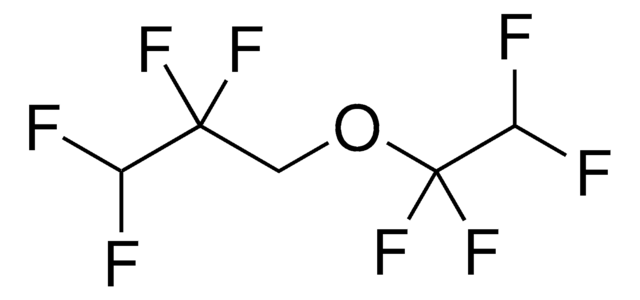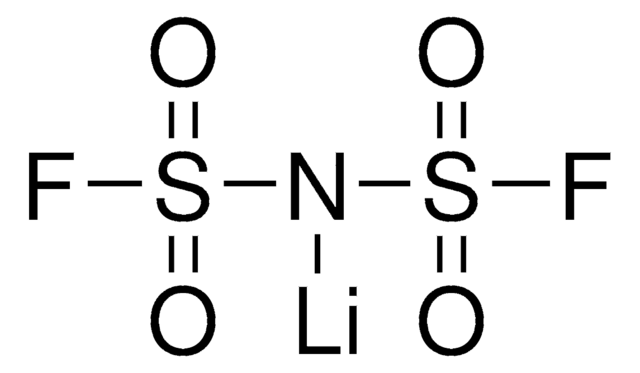916110
Peptide bioink
suitable for 3D bioprinting applications
About This Item
Recommended Products
description
Product components:
Bioink lyophilized powder (100mg)
Preparation solution A (20mL)
form
powder
storage temp.
−20°C
Application
The product is provided as a lyophilized peptide bioink powder and a preparation solution, which allows formulation of gels with different stiffness and rigidity that can emulate specific physical properties of a wide range of different tissue types.
Storage Class Code
11 - Combustible Solids
WGK
WGK 3
Regulatory Information
Choose from one of the most recent versions:
Certificates of Analysis (COA)
Don't see the Right Version?
If you require a particular version, you can look up a specific certificate by the Lot or Batch number.
Already Own This Product?
Find documentation for the products that you have recently purchased in the Document Library.
Our team of scientists has experience in all areas of research including Life Science, Material Science, Chemical Synthesis, Chromatography, Analytical and many others.
Contact Technical Service